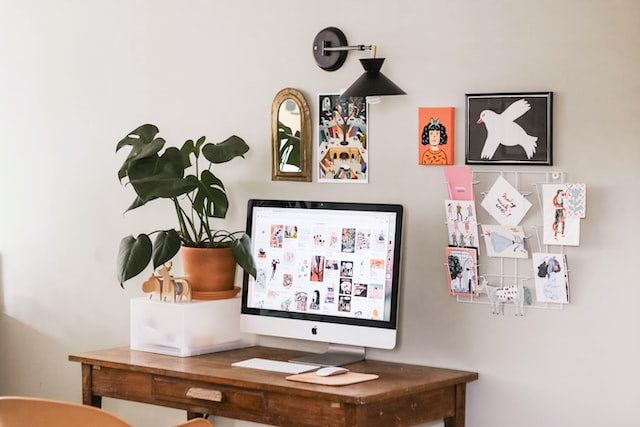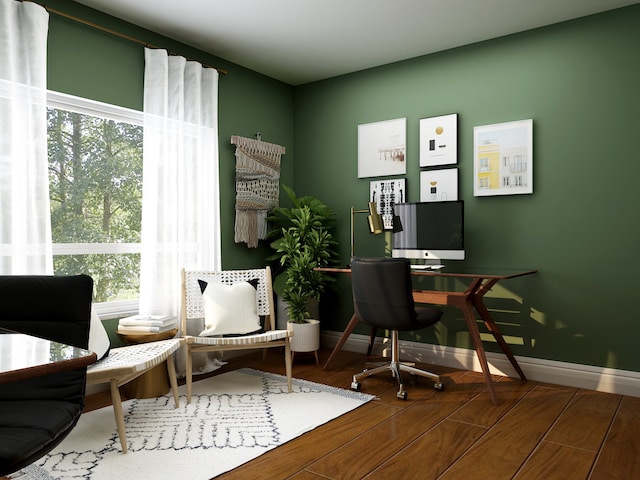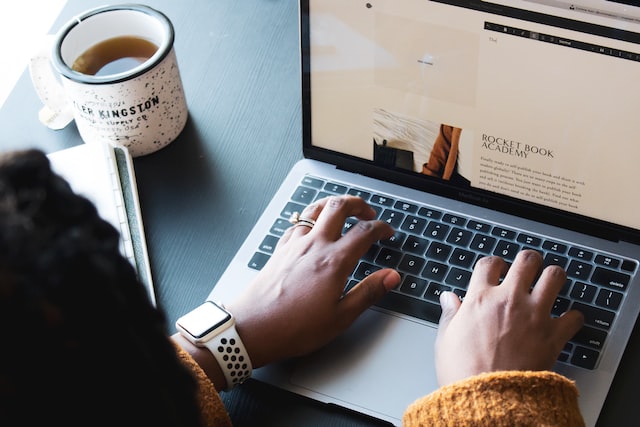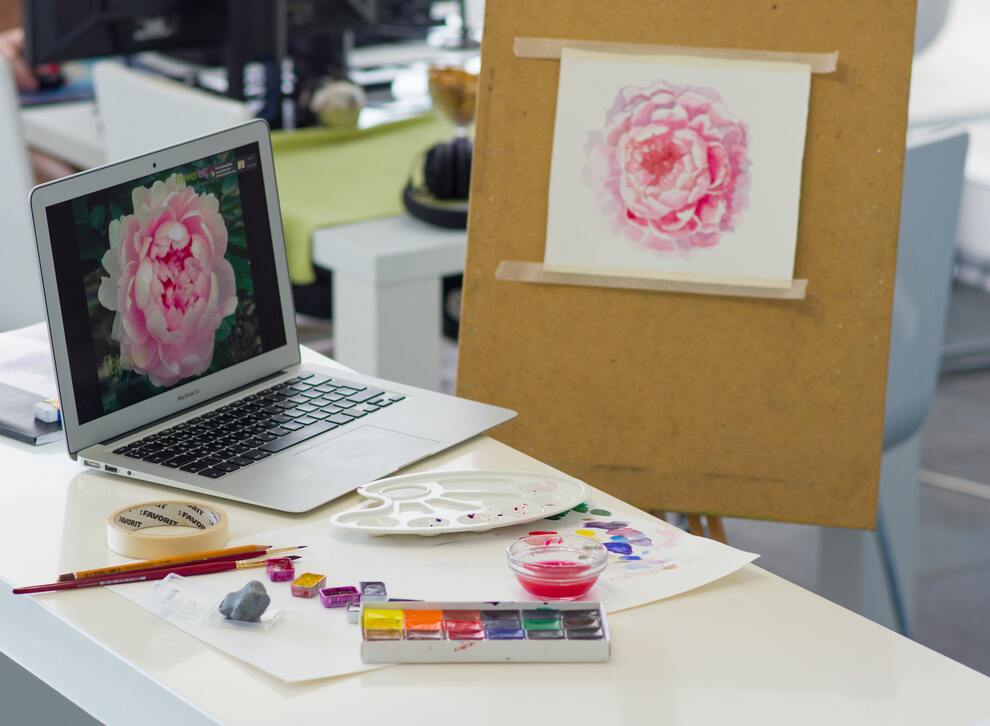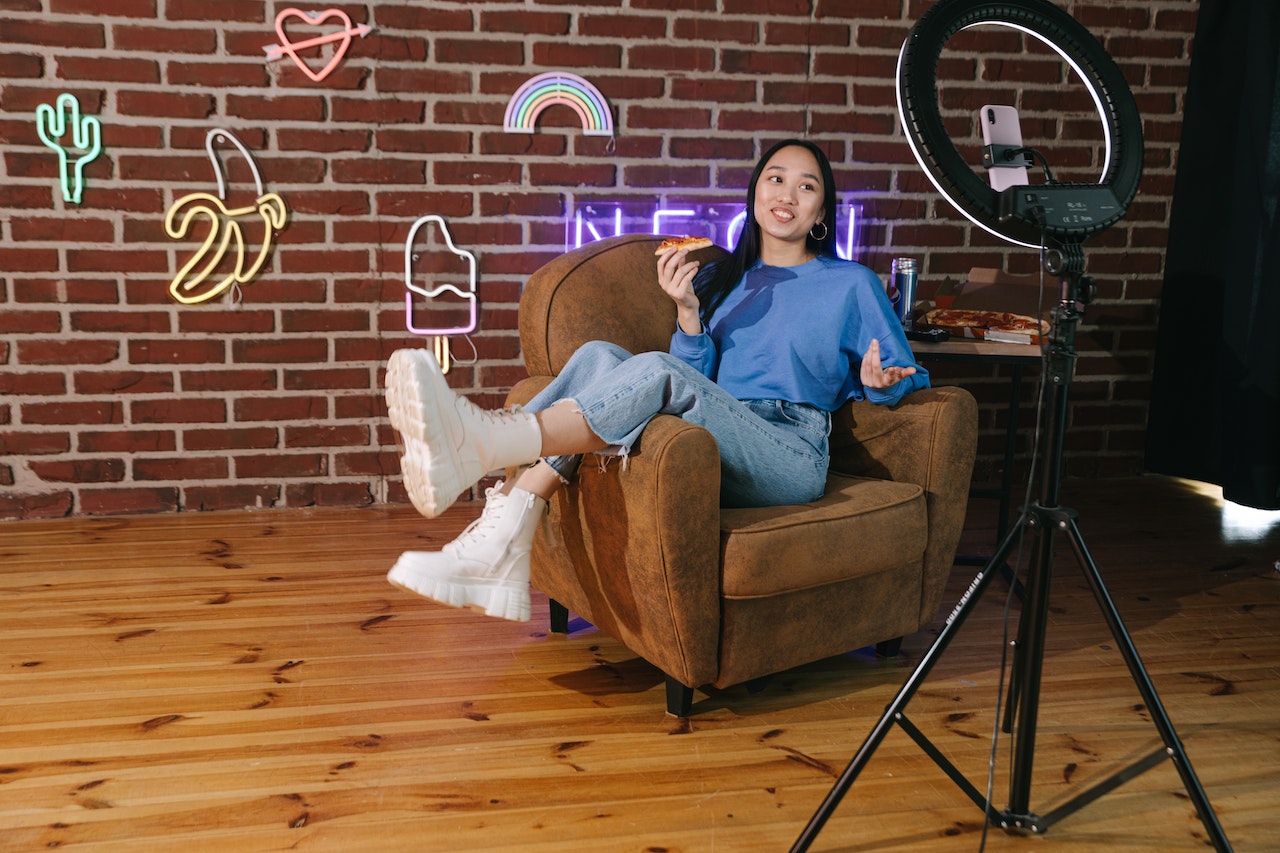If you work from home and have creative aspirations, you may need to generate a lot of creativity in your space. It can be challenging to feel inspired sitting at a desk, so you might find yourself obsessively cleaning or rearranging the house to avoid tapping into your creativity. Working from home can be a challenge for motivation, inspiration, or creativity in any form, but it can also be designed to help you.
If you’re in need of a creative boost, look no further than your home. The environment you spend time in has an impact on your health and your creative abilities. Nature has been shown to improve health; even simple exercise such as walking helps your mind sort through problems. Whether you want to build a creative space or you’re looking to find some inspiration at home, there’s a variety of tips to help your artistic nature thrive.
How to create the perfect environment for creativity
If you already work from home, you know the importance of setting up your space for productivity and efficiency. When you work, you want it to go as seamlessly as possible. Your office probably feels like your personal space in your home and the first place you go when you need to generate ideas. However, productivity and creativity aren’t the same processes, and your office may stifle your creativity rather than bolster it.
Much like how an office is set up for producing quality work, you want a creative space set up for generating clever ideas. This space should inspire you and make you yearn to create your art, whether that be painting, writing, or music. Start with colors – most artists love bright colors and surrounding themselves with vibrancy to awaken their imaginations. Color psychology plays a big role in our moods, but blue is best for making us feel safe and secure enough to start thinking outside the box.
Your creative space needs to be able to be used with abandon. Pristine furniture that you want to maintain at its best doesn’t belong here. This is a space to utilize every aspect, and you don’t want to be afraid of kicking your feet up, getting things covered in paint, and generally making a mess of things.
Harsh lighting may also hamper you, so go with something that provides a soft, yellow glow – the same reason many creatives light candles. Scent is often said to improve creativity – vanilla, especially – so consider doubling up the candle’s purpose. Finally, choose music to foster your ideas. Many people thrive on repetitive beats to lull their subconscious, while others need to distract theirs with something energetic.
When you’re in your creative space, bring in a pen and paper and write down even the worst ideas. They will transform over time.
Best environments for creators
All artists are different, but your space should be conducive to experimenting with your art. A writer or musician doesn’t have to worry about paint in their space, but a painter will have chosen every aspect with that in mind. Just like a writer would pick a seat that allows them to cozy up in a nook, a musician needs furniture that brings them comfort and gives them room to play their instruments. Consider what you need for your art and what furniture works best.

Once you’re in your creative space, you may think the ideas will just come. Even the best creatives in the world have to work at it and stoke the creative fires. In order to get some inspiration at home, you still have to sit and come up with ideas. Every artist at this point will look at their blank paper and despair. What if you don’t have any ideas?
You do have ideas, but you’re probably dismissing them. They might be overdone, stupid, or cliché, but still write them down rather than dismiss them. Through brainstorming, you can transform even the simplest idea into something unique and exciting. Write down why you don’t like the idea, and then answer the questions “How can this idea be greatly improved?” or “What’s a version of this idea I haven’t seen before?”
With any concept, start broadly. Figure out some ideas about what you’re trying to accomplish. Once you have that, hone in further. Start asking and answering questions. If you feel like it’s too easy or you don’t know what you’re talking about, this is common. Do it anyway. Answers can be changed. This process is like finally cranking on a stuck water valve. You might get a trickle, but with each pull on the handle, you’ll get more and more until you’re overflowing with ideas. This is how you achieve inspiration at home versus waiting and hoping for it to arrive. Keep at it, and it’ll eventually happen.
Boost your creativity
If you’re simply looking to spark your inspiration at home, some of the easiest ways are through exercise, experimentation, or meditation. Exercise and meditation might be a relaxing yoga session where you focus on stretching and breathing rather than generating ideas. Experimentation may involve trying a new recipe in the kitchen. Both activities take your mind off your task and allow your subconscious time to work while your active thoughts focus elsewhere.
If you’re looking for some quick inspiration, there are a lot of amazing creators who give talks or share their spaces and processes on the internet. While this can be a great tool, it can also be a distraction. Most devices distract our attention from the creative rather than foster it, so use your online time wisely. If you’re really struggling creatively, it’s time to set aside your phone and pull out the pen and paper.
Not all ideas come easily. Some creatives find it useful to create a mood board – a collage of words, images, and colors designed to showcase what an idea will look and feel like. If you think this sounds a bit touchy-feely, many popular action movies draw from images, scenes, and designs that creatives find striking. Having an emotional goal helps you analyze if your work is hitting the mark.
If you’re really struggling despite all your efforts to generate ideas, it might be time to shut down and take a break. Many artists tend to go through phases of outputting art, then taking art in. Discover a new playlist, or find a new movie that may create similar emotional responses to what you want to do – streaming services have made this easier than ever.
If you’re not feeling inspired, don’t pressure yourself. Keep going through the best practices. If all else fails, set out to create something entirely different. It’ll help pull your brain out of the negative cycle that’s blocking your flow of ideas.
What keeps you away from getting the inspiration you need
When you’ve been struggling creatively for some time, these tricks will make all the difference. First, you need to take control of your mindset. If you’re writing at home and you feel like it’s going terribly, you may be inclined to quit. You may feel lost, inadequate, or like a complete imposter. This happens to most creatives, especially in the middle of their work. Try controlling your mindset when this happens. Tell yourself that you’ll create great work. Don’t let up on the positivity.
If you find yourself needing to clear yourself some space every time you set yourself down to work on your art, this may dissuade you. Keep a clean space and you’ll keep a clear head. Many creatives find that a lack of a schedule also hampers their progress. If you commit to working on your goals at specific times throughout the week, you’ll see real progress.
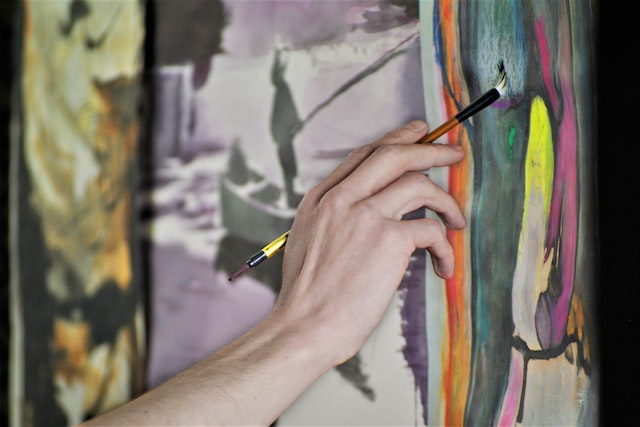
If you’re stuck and don’t know what to do, just choose. Many writers believe writer’s block isn’t real and is just a choice you haven’t made. Despite your fear or uncertainty, picking a direction and going for it can help you keep creating. Every writer will agree that you can’t edit a blank page. These tricks and the creativity you’ve fostered in your home can help you create amazing art for years to come.
